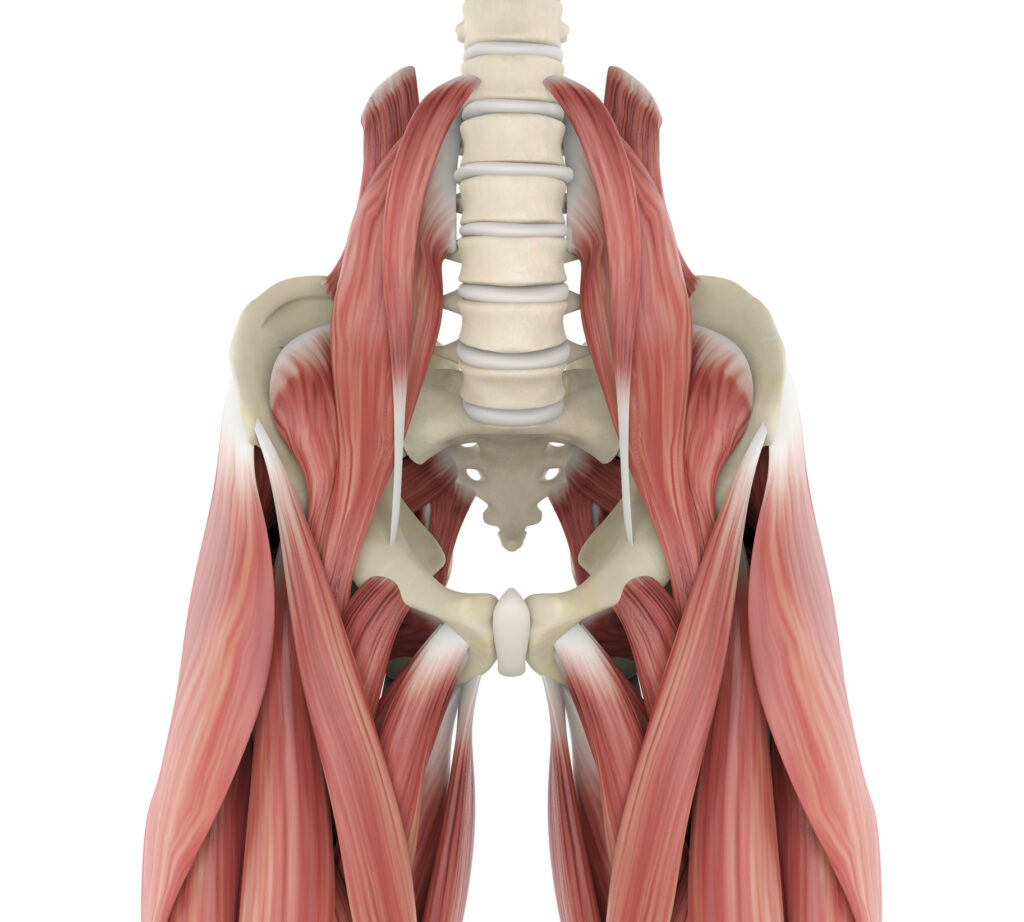
- According to United Healthcare, Musculoskeletal conditions are incredibly costly:
- * weighing in at $52 per member per month (PMPM)2
- * women account for just over half of that, at 54% of MSK spend2
- * 75% of those affected by MSK are Gen X and Baby Boomers,2 who make up the majority of today’s workforce
- (UHC: https://www.uhc.com/agents-brokers/employer-sponsored-plans/news-strategies/musculoskeletal-conditions-drive-spend)
But It’s Confusing
Even though we all agree that stretching is good for basically everything: back pain, circulation, mental health, reducing risk of injury and on and on. The number of opinions on how to do it right (static stretch, dynamic stretch, what frequency, what duration) is so varied as to make it completely unworkable — if employees choose any one of these, they’re just throwing a dart and hoping.
Fortunately, a research study surveyed 189 different studies with over 6,500 adults to show what works best to improve your range of motion (ROM) and get all those benefits we know can happen. This is the best news for employees because it simplifies what is actually needed.
The Variables Needed For This Simple Yet Powerful Solution
Time per muscle:
Key findings suggest that each stretching event should be between 30 – 60 seconds.
Frequency:
At least 5 times per week is enough to achieve optimal improvements over time.
Intensity:
Extreme intensity does not improve outcomes, but it does increase the risk of injury. So, keep it moderate.
Dynamic vs Static:
Neither was better than the other for improved ROM, so practice the one you’re more comfortable with.
Outcomes:
On average, noticeable benefits took one month to develop. With continued improvements at six months and one year. Although older adults also get the same benefits as younger people. It just takes a bit longer to manifest.
It’s not “stretching the truth” to say instituting a regular stretching program can reduce back pain and improve mental and physical health. And now that we know what program actually works based on science outcomes, we can get started helping employees avoid the conditions and costs of MSK.



